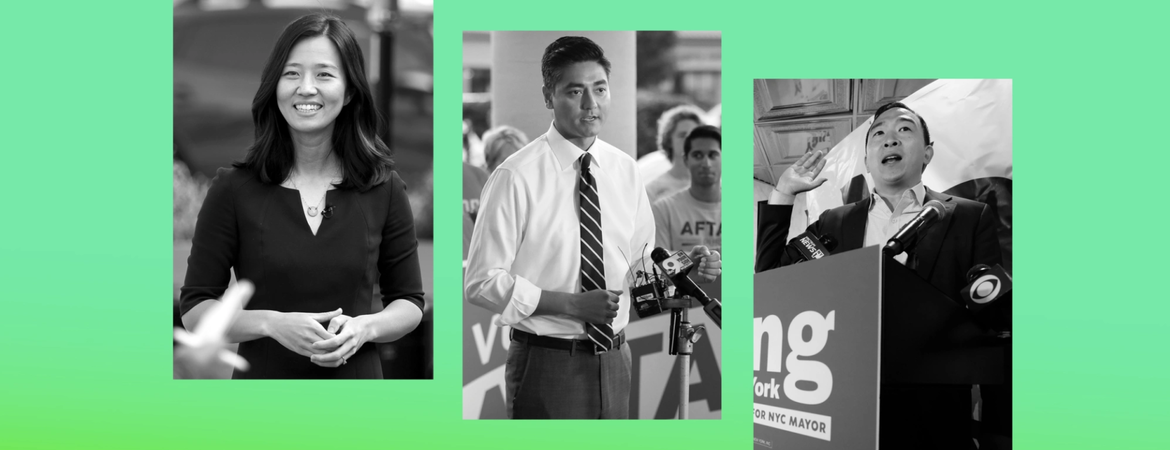Center for Social Innovation

Census data shows that New York has by far the largest overall population — 8 million — and the largest population of Asian Americans of any U.S. city, which is estimated at 14 percent, and Boston has a sizable AAPI population at nearly 10 percent.
Pureval noted that Cincinnati, which has a population of over 300,000, has an AAPI population of just a little over 2 percent, according to census data. He believes that suggests Asian candidates can be competitive anywhere.
“My campaign, I think, is emblematic of Asian candidates no longer being unique but being more of the mainstream and more expected to run and to lead,” he said.
“I'm not the first; I won't be the last," he added. "If I run and I fall short, I promise you there are more people who look like me, who believe in public service, who believe in improving the lives of others and who are going to step up and run.”
Asian American voters heavily favored President Joe Biden over former President Donald Trump in the 2020 election 63-30, according to NBC News exit polls. However, both Republican and Democratic parties have historically fallen short when it comes to reaching out to these voters, Chen said.
A 2020 election survey conducted by AAPI Data, a demographic and policy research group, showed that about half of all respondents were not contacted by either major party. And roughly 30 percent of Asian American voters do not identify as either Democrats or Republicans, according to the group.